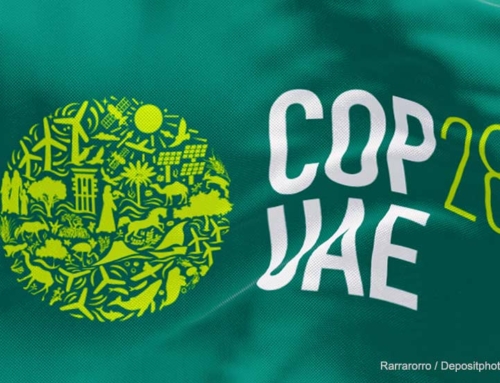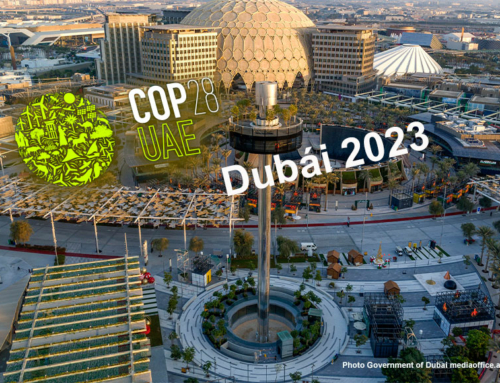The bubble of Money is undoubtedly born in 1971, just 40 years ago, when during Richard Nixon´s stay at the white house, the US decides to break the relationship there had to be between Gold and the Dollar, paying no mind to the agreements reached at Bretton Woods in New Hampshire in july of 1944, but that came into force three years later. These agreements established that only the dollar had to be linked to gold and that the value of all other currencies was to be directly related to that of the dollar. This system led to a sort of monetary discipline that lasted for a quarter of a century, during which the world witnessed an era of economic stability with steady currency exchange rates and very little inflation that lasted approximately until 1973. The new premise the world’s economy would soon be based on was, that as the dollar was a strong currency, it didn’t need to be linked to anything, the sole trust of the people was enough to back the currency, something that time has proven was true and still is nowadays, but with a decreased ammount of trust in the currency. This new no-limit policy turned out to become very good friends of the bank money printers that got carried away and therefore gave birth to the bubble of money.
What were the causes of the abandonment of Bretton Woodds agreements by the US? Well, the main cause was that the US needed the money to keep on financing the war in Vietnam, to be able to mantain the life standards of it’s people and to play by the role assigned to them at Bretton Woods, aspects that simply weren’t sustainable anymore, basically because there wasn’t enough gold. In 1973, main western European governments abandoned the fix currency exchange, allowing each of their currencies to float freely. On a picture, this scenario would be equivalent to a hot-air balloon that has been anchored for 25 years, to which are tired another number of smaller balloons. In this way, when the bigger balloon is cut loose, it would drag all the other balloons forming an uncontrollable whirlwind that feeds the biggest financial bubble known to mankind.
The monetary indiscipline didn’t keep anyone waiting. Mountains of money went straight to developing countries in the decade of the 1970’s as loans of easy adquisition. The campaigns about development as well as populism and corruption in the receiving countries helped to contract enormous ammounts of debt that didn’t take much time to explode, causing the first credit crisis, something that under the name of “external debt”, bursted in Mexico in august of 1982. Then it came Venezuela, in February of 1983, and soon after, pretty much every other country in Latin America and Eastern Europe. The vicious circled formed by – Indebtedness, debt service, devaluation, inflation, recession, indebtedness…- became recurrent just as did the lowering of life standards for huge masses of people. The decade of the 90’s would later be known as “the lost decade”, when local crisis were felt beyond their borders: Tequila Effect in Mexico, Tango Effect in Argentina, Samba Effect in Brazil and Dragon Effect in Thailand. The four Asian tigers, Hong Kong, Singapore, South Korea and Taiwan had their own financial crisis in 1997.
Nowadays, in the XXI century, the bubble of money has expanded to extraordinary proportions at a global scale. The burst of the dwelling bubble resulted in the mortgages crisis, also called the subprime or “ladrillo crisis” (bricks crisis), that shook the foundations of the international financial system. To overcome this situation, the government of the US authorized the injection of huge ammounts of money into the system, enhacing the bubble of money even more. To show what the effects of the subprime crisis were, it only takes to review the price of gold before the crisis. In 2007, the price of gold was $660/Oz, while in august of 2011 it closed over $1800/Oz, an increase of almost 3 times of the value of 2007 in only 4 years. Just so we can have an idea of the current instability let’s consider that gold kept an almost steady price of $20,65/Oz throught a period of almost a hundred years (1833-1932). Before 1971, an ounce of gold was valued in $37, amazingly the same price it had 37 years before in 1934. The Gurus of Investments, Buffet and Soros, held in the last months of 2010 that gold is in the bubble stage. Others stated that is the financial system that finds itself in such stage. We think that gold, financial pattern and refuge for thousands of years, is nothing but a thermometer that reflects the temperature the bubble of money takes throughout its lifetime.
Accumulated inflation of the last 40 years has raised prices to incredibly high levels even in countries with low inflation levels. An inflation of a 3% triples prices in a period of 40 years, but one of an 8% multiplies them by 20. Therefore, a good that in 1971 only costed $100, in 2011 would cost over $2000, reaching a staggering cost of over $4000 if such inflation rate was to be mantained until 2021. A very dramatic case is that of Venezuela, with a terrifying annual 27%. What costed Bs 1 in this country, costs Bs 11.178 forty years later. At the begining of the 60’s, a can of soda would cost Bs 0,5, nowadays it should cost Bs 5,600, but the price is even higher. A can of soda is currently Bs 6.000 at a supermarket. Given that Venezuelan calculator were exploding, a financial conversion took place 3 years ago. Every ammount was divided into a thousand, allowing everyone to work with smaller, more comfortable numbers. This conversion produces an illusion of things not being quite as expensive as they used to be or as they really are, when it comes to practice, the can of soda is only Bs 6,00. If the inflation rate keeps it’s steady 27%, the can of soda will reach a price of Bs 61,oo by 2021.
So how do countries continue to fund themselves among mountains of devaluated money? They resort to every trick in the book. Due to this, we have acostumed ourselves to coexist with a terminology that almost nobody understands: refinancing, deficits, structured notes, bonds, treasury bills, sovereing bonds, exchangable bonds, convertible bonds, among others that represent ways of financing and refinancing so that countries can survive. The adquisitions of bonds is like reaching out the window and grabbing money from the “money tree”. The problem is that bonds aren’t free fruit; they come with interests and debt that have to be paid for generations. But there’s even more to add to this issue: Ilegal money that enters into the global financial system. An enormous mass of money that comes from evaded taxes, corruption and organized crime, with drug trafficking as it’s principal component due to it’s universal and massive penetration. Ethic matters that are involved in these issues go beyond just a simple financial fact. Inside the bubble of money there is a bubble of moral that just like any other is meant to burst anytime.
Up to this date, almost every country has honored the debt it has contracted with money from the emission of more and more bonds into a centrifugal swirl that dangerously feeds the bubble of money, which currently finds its centre in Europe. The bursting of the bubbles of some of the members of the Euro Zone has been contained with the injection of more money. To an averagely diligent observer, this situation isn’t but the tip of the iceberg, and knows that the worst is yet to come. The worst scenario would be to witness the Euro Zone exploding into a millions pieces due to a sort of financial atomic bomb that would destroy everything in it’s path. That would probably be the momment of the bursting or the crack of the bubble of money at a global scale. The activation of the greatly feared “Systemic Risk” that would show itself with the breaking of the international financial system. A scenario hard to imagine of which effects no habitant of the planet would be able to scape from. Not even the planet itself. Given the gravitude of this situation, our priorities would find themselves deflected to other issues, paying no mind to our compromise with planet earth, our only real and urgent priority.
Sandor Alejandro Gerendas-Kiss
Translation Alvaro Arconada







Leave A Comment